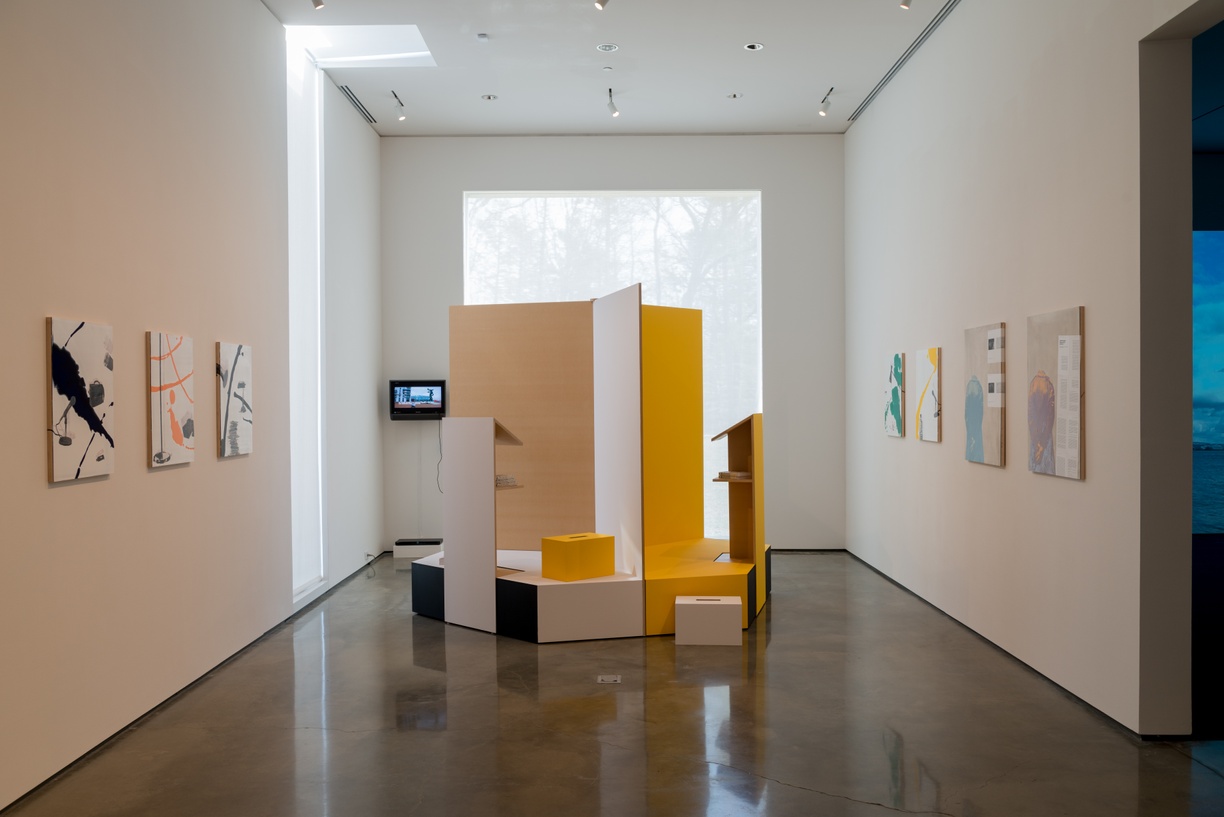
Camel Collective, the TEACHABLE FILE, and Wendy Tronrud
Rule 2 [general duties as a student]:
Pull everything out of your teacher.
Pull everything out of your fellow students.
Rule 3 [general duties as a teacher]:
Pull everything out of your students.
Rule 4: Consider everything an experiment.
Rule 5: Be Self-Disciplined.
This means finding someone wise or smart and choosing to follow them. To be disciplined is to follow in a good way. To be self-disciplined is to follow in a better way.
Rule 6: Nothing is a mistake. There’s no win and no fail. There’s only make.
Rule 7: The only rule is work. If you work it will lead to something.
It’s the people who do all the work all the time who eventually catch on to things.
Rule 8: Don’t try to create and analyze at the same time. They’re different processes.
Rule 9: Be happy whenever you can manage it. Enjoy yourself. It’s lighter than you think.
Rule 10: “We’re breaking all the rules. Even our own rules. And how do we do that?
By leaving plenty of room for x quantities.” John Cage.
Corita Kent, Rules and Hints for Students and Teachers
Immaculate Heart College Art Department Rules, 1967-68
*
Ira Shor uses the phrase “The Third Idiom” to describe a problem-posing education, in which a distinct third discourse dissolves the hierarchy between students and teachers. It’s a zone of transformation.
Proposition 1: Take critical pedagogy as a starting point.
Fluid channels of interference, intervention, and communication enable students, pupils, teachers, educational researchers, and artists to recalibrate established educational codes. A curriculum of resistance is nonetheless a curriculum.
Proposition 2: Make space in the museum for educators to experiment.
Camel Collective’s The Second World Congress of Free Artists is an installation, a facilitating stage, a collection of contingent scripts, a series distributed performances, a parody of art and pedagogy under neoliberalism. It’s a vision of what can be otherwise.
Proposition 3: Remain somewhere between an experience and an object of study.
the TEACHABLE FILE forms and reforms itself through communicative action and engaged research. It acts as a working catalog of alternative art schools and a reference on education-as-art.
Proposition 4: Construct a resource for teaching that is also a student of its users.
*
A gallery space is occupied as a site of experimentation and inquiry in education ideologies.
*
Curated by Lindsey Berfond



